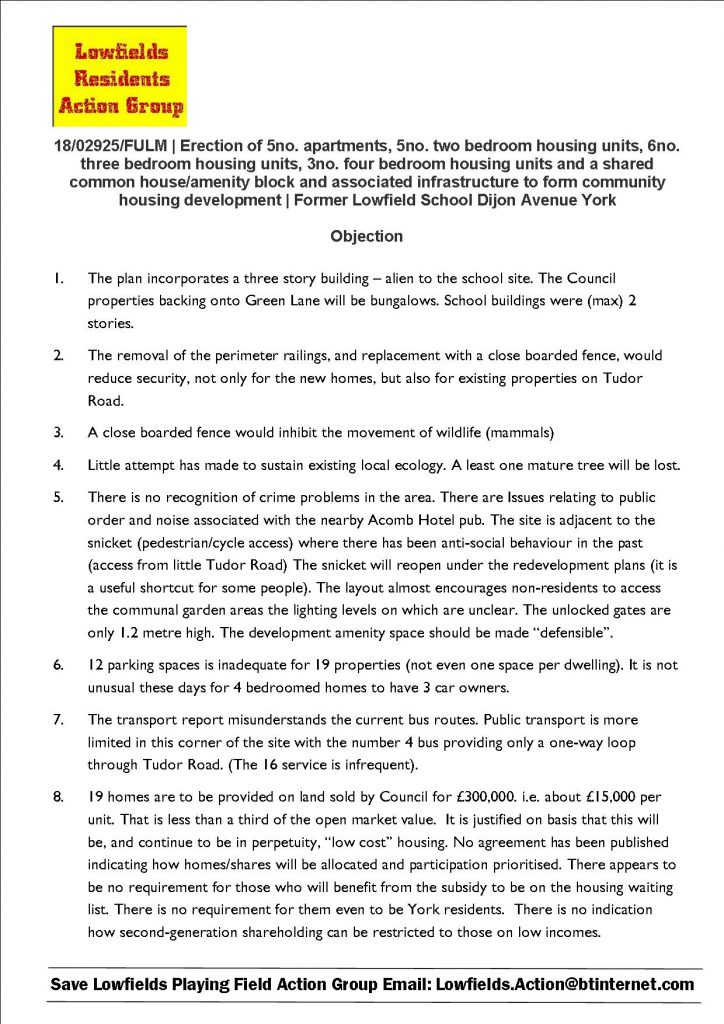£75,000 salary for “Children’s Commissioner”
A huge increase in borrowing is proposed in a Labour party amendment to the York Councils budget plans.
£2.5 million extra will be borrowed with more being taken from reserves currently earmarked to provide additional social housing.
They say, most of the extra money will be spent on reducing “damp” in Council housing. The Council had already let a contract for £2 million to address this issue on 11th May.
The Council has record debt levels with over 22% of what a resident pays in Council Tax set to be spent on interest charges by 2022.

Plans for a “Children’s Commissioner” on a fat cat £75k salary, appear to be equally misguided. The Council has a well-paid Executive Councillor with responsibilities in the same area.
Labour also plans to cut £1/4 million from the “safer communities” crime reduction budget. This is an extraordinary misjudgement of the problems that exist in parts of the City with anti-social behaviour, drug misuse, graffiti and vandalism on the increase.
Instead money would be spent on two additional talking shops; a “Human Rights Commission” and a “Carbon Neutral City Citizens Assembly” are proposed.
The only part of the Labour plan which might gain some support is a proposed investment of £40,000 in reducing, to one day, the target time taken to remove “fly tipping”. Some may, however, feel that the first step should be to improve bulky waste collection arrangements and reintroduce regular visits by “skips” to key estates.
The Council’s revised budget proposals will be debated tomorrow (Wednesday)

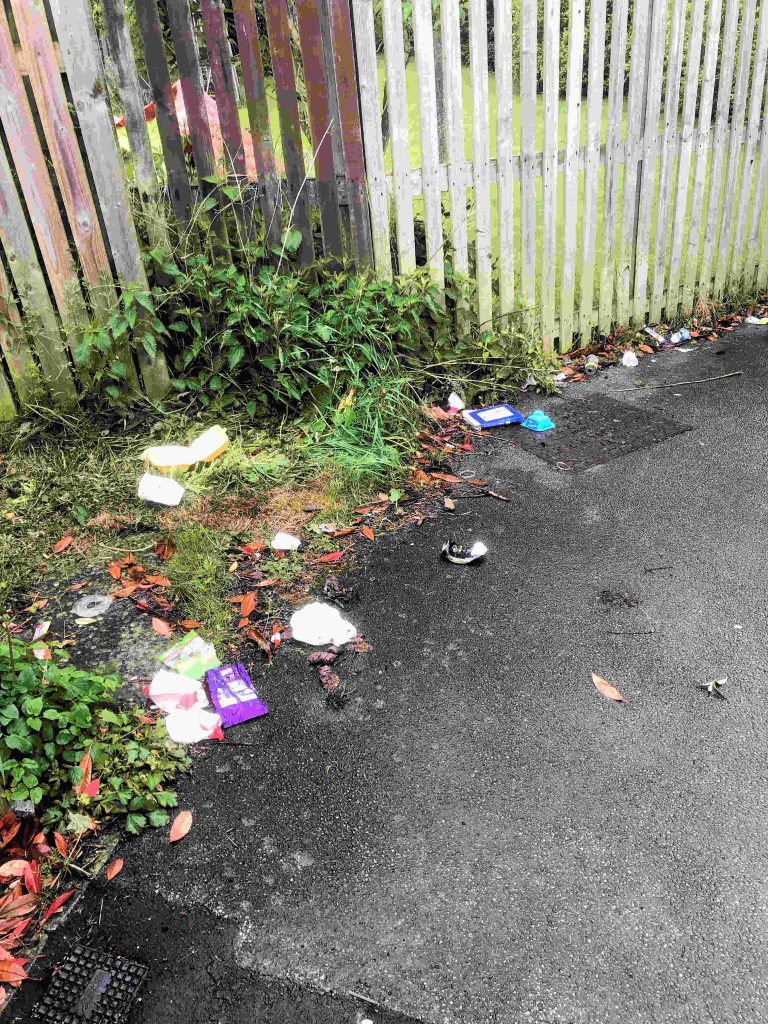
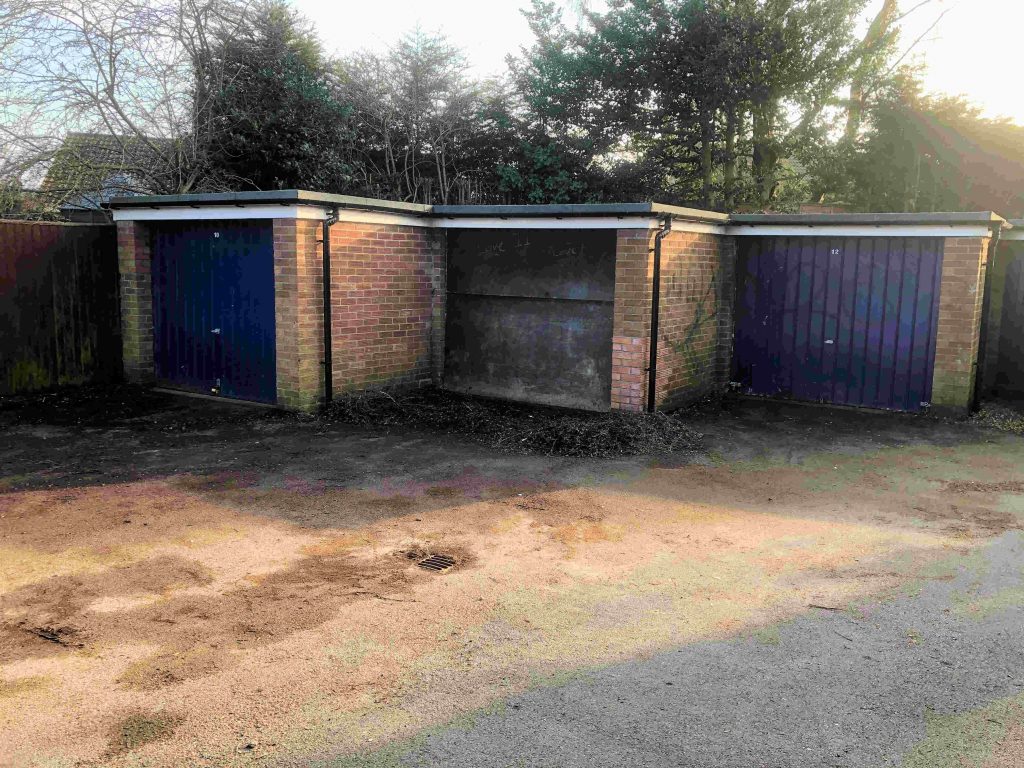
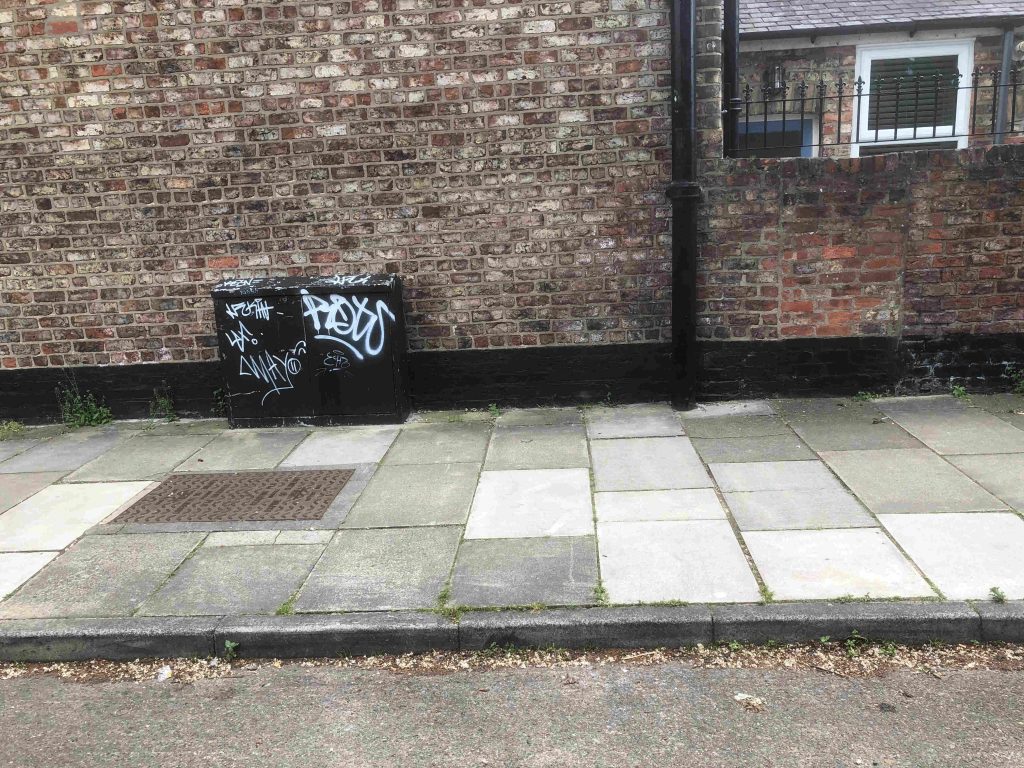

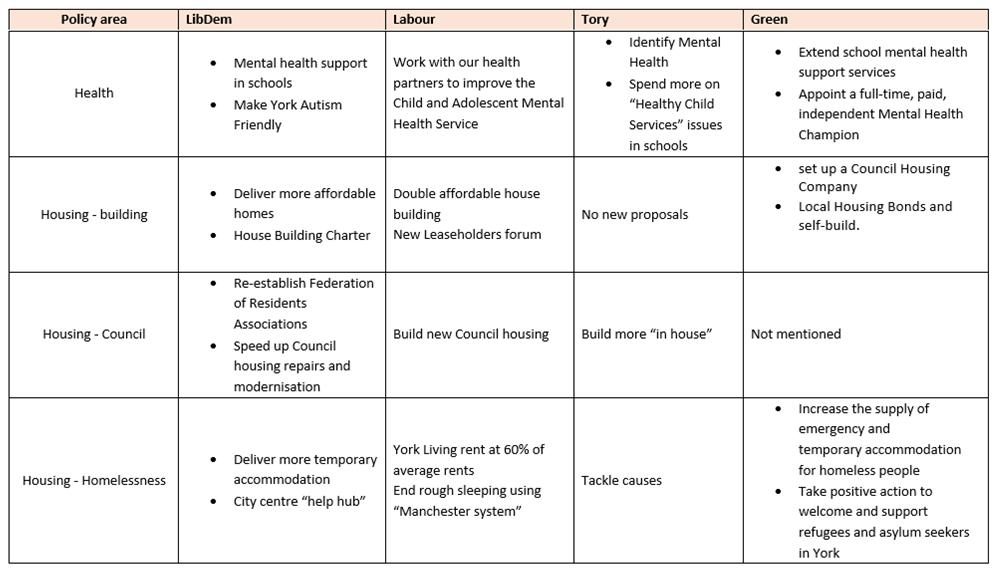
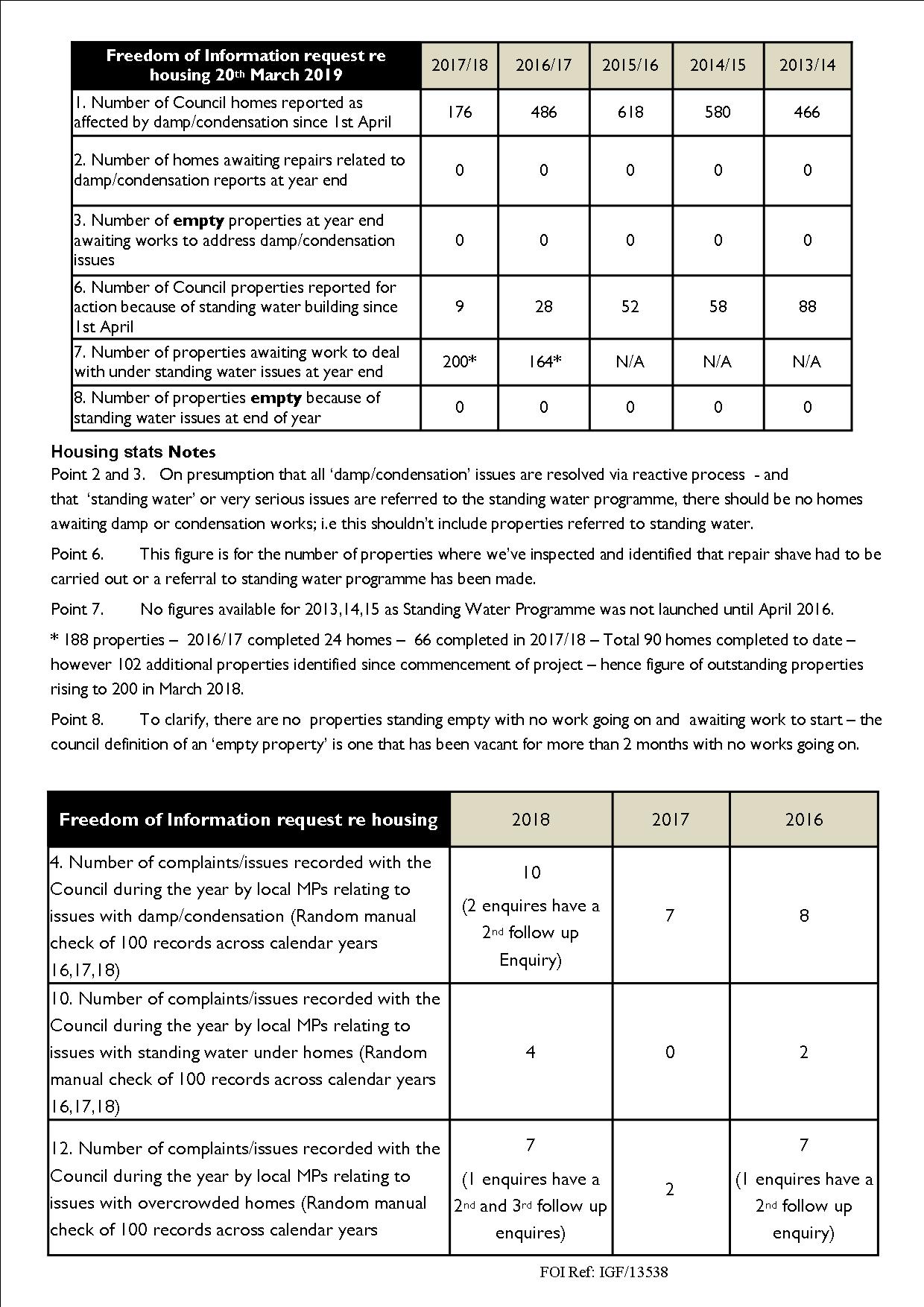
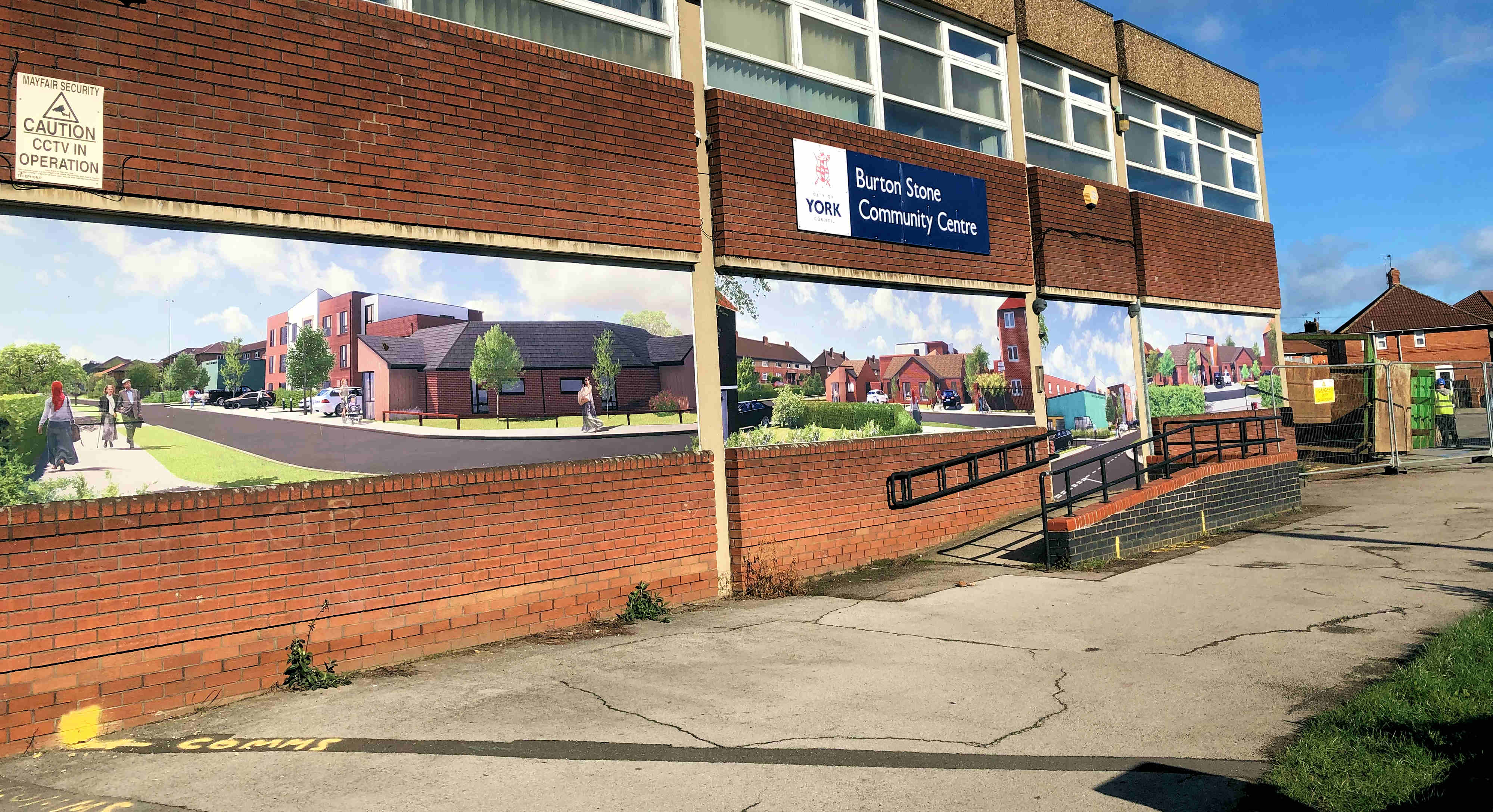

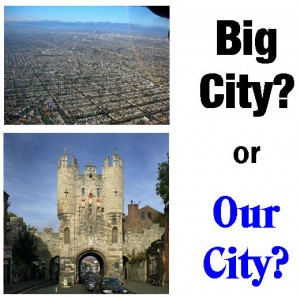 International migration forecast shows substantial reduction
International migration forecast shows substantial reduction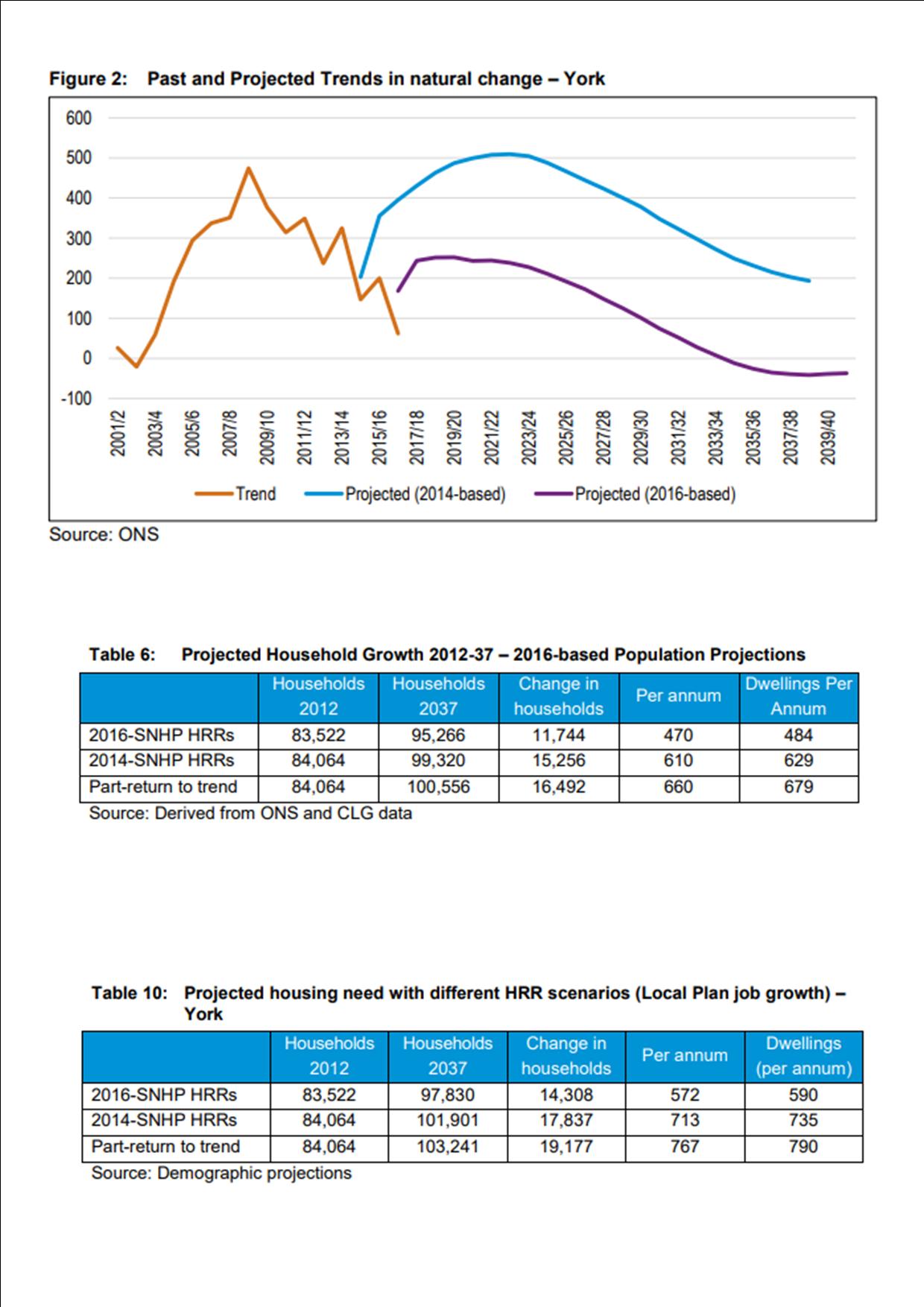
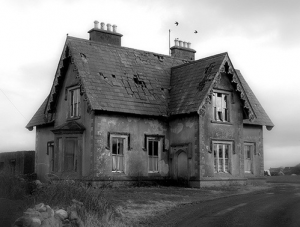 The York Council claims to have brought 17 empty homes back into use during the year ending March 2018.
The York Council claims to have brought 17 empty homes back into use during the year ending March 2018.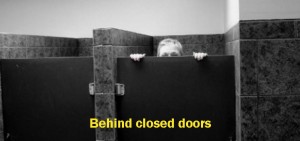 The
The 